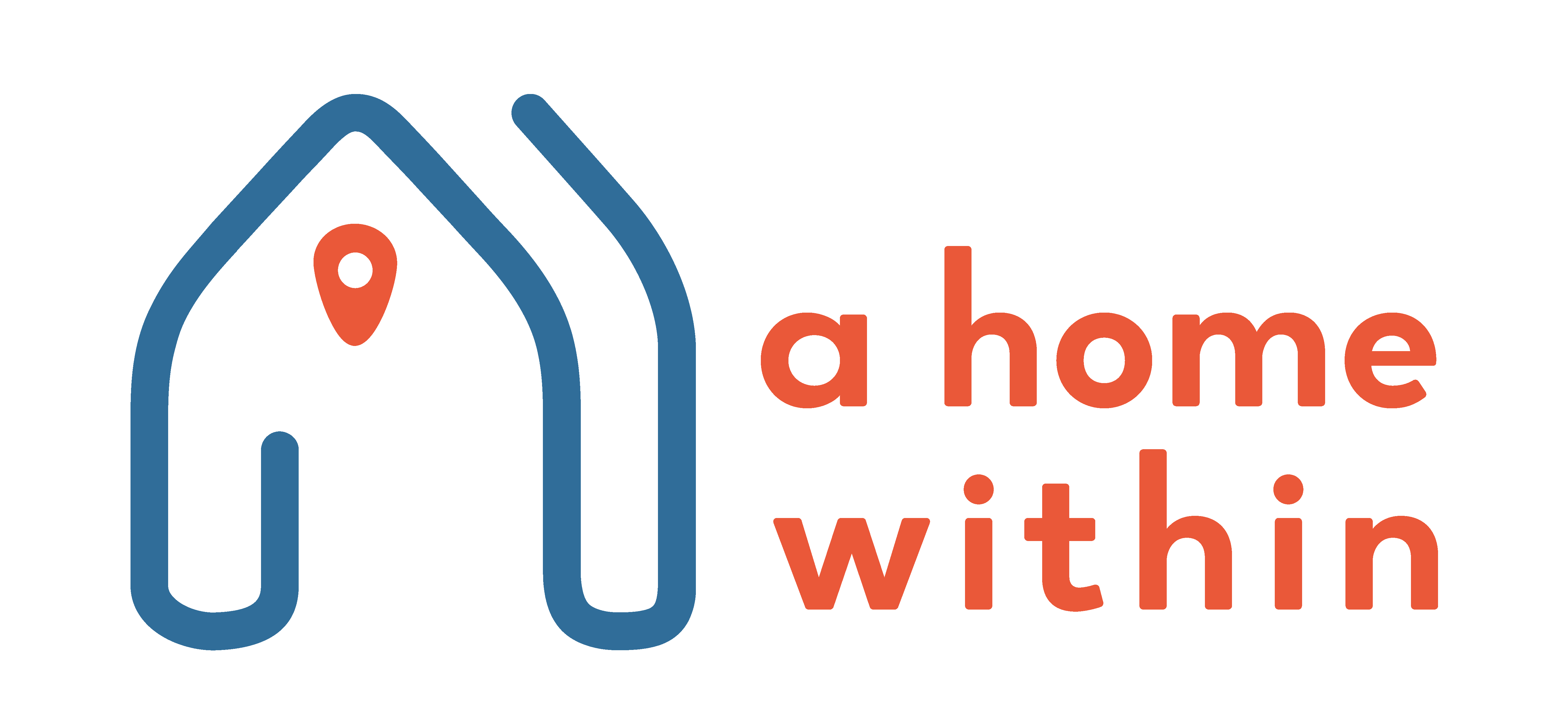Information Hub / BlogChild Abuse Prevention Month

Although spring officially begins near the end of March, it is often the longer days of April and the transformation of buds into blossoming trees and flowers that make us feel that spring has really arrived. It is fitting that we turn our attention to the prevention of child abuse in the spring, with its annual promise of brighter days ahead. Certainly, we owe the nearly 700,000 children in this country who endure abuse some assurance that their days will be brighter as a result of our determination to do whatever necessary to prevent child abuse.
Realistically, can we prevent child abuse? Perhaps not, but that shouldn’t stop us from putting forth our very best, concerted efforts. Indeed, we are learning and taking seriously the idea that our work must be coordinated and collaborative across all sectors. We know that child abuse occurs in the context of the complex interactions of economic and educational policies, community and culture, and family dynamics. We know that the stresses of poverty, neighborhood and domestic violence, addictions, and mental illness can all contribute to the abuse of children. We also know that, while the presence of any of these may compromise a child’s physical and emotional well-being, they do not necessarily result in abuse or neglect.
We understand that when parents have the support of family, neighbors, schools, churches, physicians, and the larger community, they are in a better position to care for themselves and their children. As our understanding of protective factors deepens, we are better positioned to implement and expand our efforts to offset risk factors.
Effectively addressing child abuse requires that we attend to both the individual and the community. When the young single mother, who is at her wits’ end because she is trying to manage a job, school, and a colicky baby, appears for the regular pediatric visit, it is crucial that the staff take her emotional temperature as a routine part of caring for her infant. It is equally important that there are well-funded community resources that can offer her support at that critical moment and beyond.
Early intervention is good for families and good for the economy. The estimated lifetime cost of a single case of child maltreatment is over $200,000. However, if our young mother has the early support she needs, she has a better chance of keeping her job, finishing school, finding a better job, and enjoying the pleasures of raising a healthy child and achieving personal satisfaction.
Early intervention and support need not be left to pediatricians, mental health practitioners, or agencies. Strong, nurturing neighbors and communities that are supportive of families can get involved and play a role in preventing child abuse and neglect and promoting child and family well-being.
As George Eliot famously observed, “What do we live for, if it not to make life less difficult for each other?”
For parents on the edge and children who have been abused, we no longer need Chicken Little to tell us that the sky is falling, because it already has. The issue now is how to take care of one another.
By Toni Heineman
